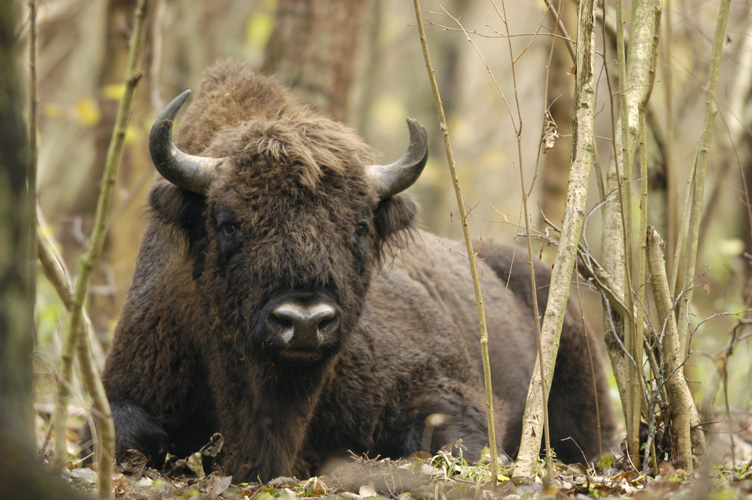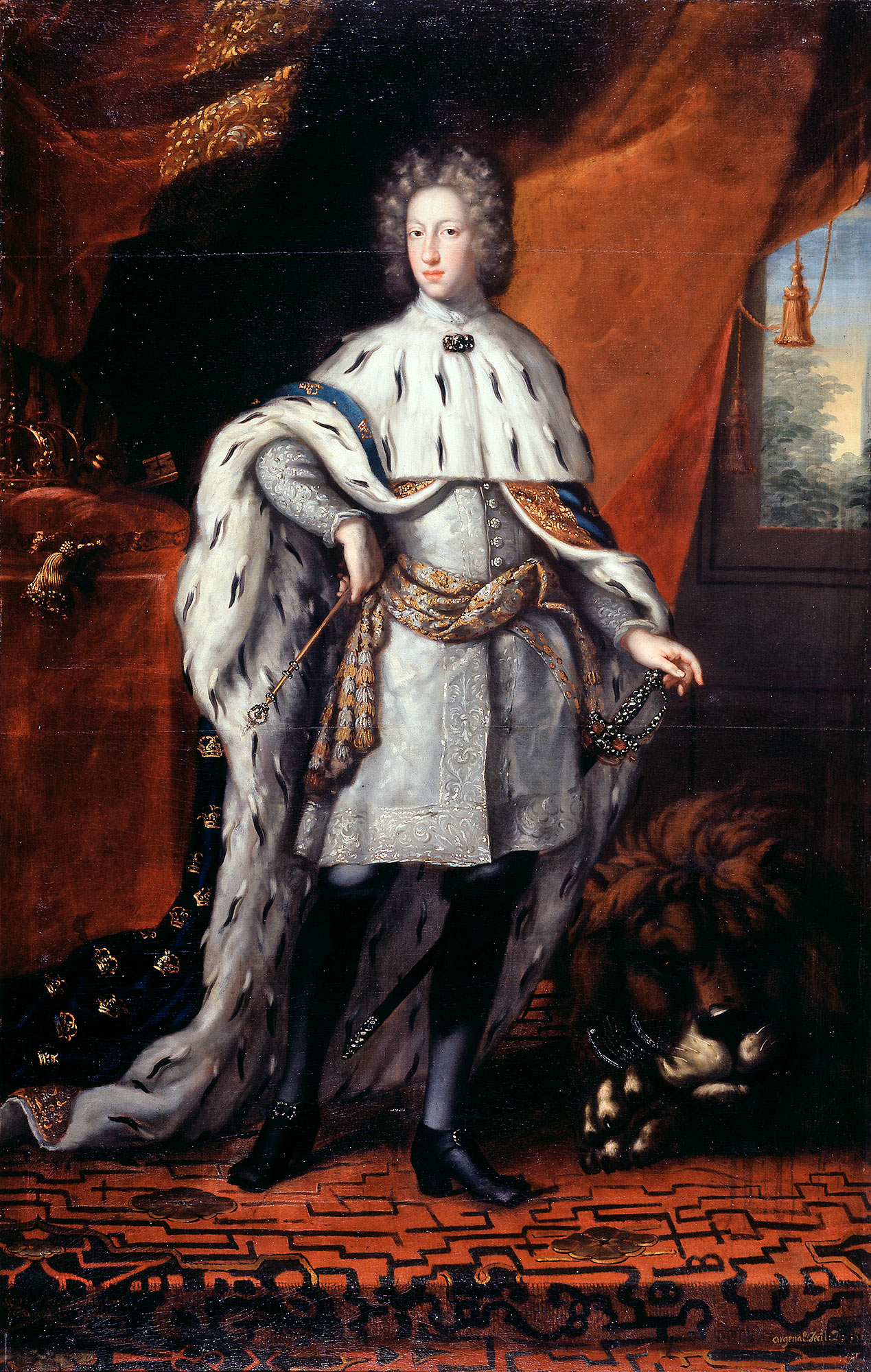|
Krynki
Krynki ( be, Крынкі, translit=Krynki) is a town in northeastern Poland, located in Podlaskie Voivodeship along the border with Belarus. It lies approximately south-east of Sokółka and about east of the regional capital Białystok. History Krynki was located on an important route connecting Kraków with Grodno, and a royal residence was built there before 1429. In 1434, Polish King Władysław II Jagiełło and Lithuanian Duke Sigismund Kęstutaitis met in Krynki, and renewed and strengthened the Polish–Lithuanian union. Krynki received town privileges before 1518. In 1522, King Sigismund I the Old founded the parish church of Saint Anne. Throughout history, Krynki was an important textile, leather and pottery center. King Charles XII of Sweden stopped in Krynki in 1706 during the Swedish invasion of Poland. Following the Partitions of Poland, Krynki was annexed by Russia. In 1914, the town's population was 10,000 people, about 80 percent of them Jewish. The remainder ... [...More Info...] [...Related Items...] OR: [Wikipedia] [Google] [Baidu] |
Gmina Krynki
__NOTOC__ Gmina Krynki is an urban-rural gmina (administrative district) in Sokółka County, Podlaskie Voivodeship, in north-eastern Poland, on the border with Belarus. Its seat is the town of Krynki, which lies approximately south-east of Sokółka and east of the regional capital Białystok. (Krynki gained town status on 1 January 2009 – prior to that the district was classed as a rural gmina.) The gmina covers an area of , and as of 2006 its total population is 3,423, out of which the population of Krynki is 2,709. The gmina contains part of the protected area called Knyszyń Forest Landscape Park. Villages Apart from the town of Krynki, the gmina contains the villages and settlements of Aleksandrówka, Białogorce, Borsukowizna, Chłodne Włóki, Ciumicze, Górany, Górka, Jamasze, Jurowlany, Kłyszawka, Kruszyniany, Kundzicze, Łapicze, Leszczany, Łosiniany, Nietupa, Nietupa-Kolonia, Nietupskie, Nowa Grzybowszczyzna, Nowa Świdziałówka, Ostrów Po� ... [...More Info...] [...Related Items...] OR: [Wikipedia] [Google] [Baidu] |
Sokółka County
__NOTOC__ Sokółka County ( pl, powiat sokólski) is a unit of territorial administration and local government (powiat) in Podlaskie Voivodeship, north-eastern Poland, on the border with Belarus. It was created on 1 January 1999 as a result of the Polish local government reforms passed in 1998. Its administrative seat and largest town is Sokółka, which lies north-east of the regional capital Białystok. The county also contains the towns of Dąbrowa Białostocka, lying north of Sokółka, Krynki, lying south-east of Sokółka, and Suchowola, north-west of Sokółka. The county covers an area of . As of 2019 its total population is 67,055, out of which the population of Sokółka is 18,134, that of Dąbrowa Białostocka is 5,520, that of Krynki is 2,405, that of Suchowola is 2,183, and the rural population is 38,813. Neighbouring counties Sokółka County is bordered by Białystok County to the south-west, Mońki County to the west and Augustów County to the north-west. It ... [...More Info...] [...Related Items...] OR: [Wikipedia] [Google] [Baidu] |
Podlaskie Voivodeship
Podlaskie Voivodeship or Podlasie Province ( pl, Województwo podlaskie, ) is a voivodeship (province) in northeastern Poland. The name of the province and its territory correspond to the historic region of Podlachia. The capital and largest city is Białystok. It borders on Masovian Voivodeship to the west, Warmian-Masurian Voivodeship to the northwest, Lublin Voivodeship to the south, the Belarusian oblasts of Grodno and Brest to the east, the Lithuanian Counties of Alytus and Marijampolė to the northeast, and the Kaliningrad Oblast of Russia to the north. The province was created on 1 January 1999, pursuant to the Polish local government reforms adopted in 1998, from the former Białystok and Łomża Voivodeships and the eastern half of the former Suwałki Voivodeship. Etymology The voivodeship takes its name from the historic region of Poland called ''Podlasie'', or in Latin known as Podlachia. There are two opinions regarding the origin of the region's name. People ... [...More Info...] [...Related Items...] OR: [Wikipedia] [Google] [Baidu] |
Voivodeship Road
According to classes and categories of public roads in Poland, a voivodeship road ( pl, droga wojewódzka) is a category of roads one step below national roads in importance. The roads are numbered from 100 to 993. Total length of voivodeship roads in Poland is of which are unpaved (2008).Transport – activity results in 2008 , List of voivodeship roads Current list of voivodeship roads has been established with regulation of General Director of National Roads and Motorways from 2 December 2008[...More Info...] [...Related Items...] OR: [Wikipedia] [Google] [Baidu] |
Sokółka
Sokółka (; lt, Sokulka, Sakalinė, be, Саку́лка, yi, סאקאלקע, Sokolke) is a town in northeastern Poland, seat of the Sokółka County in Podlaskie Voivodeship. It is a busy rail junction located on the international Warsaw–Białystok–Grodno line, with additional connections which go to Suwałki and the Lithuanian border. History The settlement was founded as a royal village located on the route connecting Knyszyn and Grodno. Sokółka was granted town rights by King Sigismund III Vasa in 1609. The town's layout with its central square is attributed to starost Antoni Tyzenhauz. In the Third Partition of Poland, in 1795, the town was annexed by Prussia, and in 1807 it passed to the Russian Partition of Poland. In 1861, Walery Wróblewski came to Sokółka and founded a secret organization in preparation for a Polish uprising, which broke out in 1863. He was one of the main organizers of the January Uprising in the territory between Białystok and Grodno. ... [...More Info...] [...Related Items...] OR: [Wikipedia] [Google] [Baidu] |
Białystok
Białystok is the largest city in northeastern Poland and the capital of the Podlaskie Voivodeship. It is the tenth-largest city in Poland, second in terms of population density, and thirteenth in area. Białystok is located in the Białystok Uplands of the Podlachian Plain on the banks of the Biała River, by road northeast of Warsaw. It has historically attracted migrants from elsewhere in Poland and beyond, particularly from Central and Eastern Europe. This is facilitated by the nearby border with Belarus also being the eastern border of the European Union, as well as the Schengen Area. The city and its adjacent municipalities constitute Metropolitan Białystok. The city has a warm summer continental climate, characterized by warm summers and long frosty winters. Forests are an important part of Białystok's character and occupy around (18% of the administrative area of the city) which places it as the fifth-most forested city in Poland. The first settlers arrived in t ... [...More Info...] [...Related Items...] OR: [Wikipedia] [Google] [Baidu] |
Countries Of The World
The following is a list providing an overview of sovereign states around the world with information on their status and recognition of their sovereignty. The 206 listed states can be divided into three categories based on membership within the United Nations System: 193 member states of the United Nations, UN member states, 2 United Nations General Assembly observers#Present non-member observers, UN General Assembly non-member observer states, and 11 other states. The ''sovereignty dispute'' column indicates states having undisputed sovereignty (188 states, of which there are 187 UN member states and 1 UN General Assembly non-member observer state), states having disputed sovereignty (16 states, of which there are 6 UN member states, 1 UN General Assembly non-member observer state, and 9 de facto states), and states having a political status of the Cook Islands and Niue, special political status (2 states, both in associated state, free association with New Zealand). Compi ... [...More Info...] [...Related Items...] OR: [Wikipedia] [Google] [Baidu] |
Charles XII Of Sweden
Charles XII, sometimes Carl XII ( sv, Karl XII) or Carolus Rex (17 June 1682 – 30 November 1718 O.S.), was King of Sweden (including current Finland) from 1697 to 1718. He belonged to the House of Palatinate-Zweibrücken, a branch line of the House of Wittelsbach. Charles was the only surviving son of Charles XI and Ulrika Eleonora the Elder. He assumed power, after a seven-month caretaker government, at the age of fifteen. In 1700, a triple alliance of Denmark–Norway, Saxony– Poland–Lithuania and Russia launched a threefold attack on the Swedish protectorate of Holstein-Gottorp and provinces of Livonia and Ingria, aiming to draw advantage as the Swedish Empire was unaligned and ruled by a young and inexperienced king, thus initiating the Great Northern War. Leading the Swedish army against the alliance, Charles won multiple victories despite being usually significantly outnumbered. A major victory over a Russian army some three times the size in 1700, at the Ba ... [...More Info...] [...Related Items...] OR: [Wikipedia] [Google] [Baidu] |
Swedish Invasion Of Poland (1701–1706)
The Swedish invasion of Poland (1701–1706), also known as Charles XII's invasion of Poland or the Polish front of the Great Northern War, was a conflict in eastern Europe overshadowed by the ongoing Great Northern War fought between the Swedish Empire against the Russian Empire, Denmark-Norway, Saxony and the Polish–Lithuanian Commonwealth. The Polish front was a major part of the greater conflict, and it included some decisive battles in favor of the Swedes that contributed to the length of the war (21 years). Background Augustus the Strong had won the Polish crown by military force after a violent election. Among his opponents were the primates of Poland, most notably cardinal Michał Stefan Radziejowski, archbishop of Gniezno, as well as the powerful Sapieha family. Although these factions had promised not to work against Augustus, the agreement was very unstable. To increase his own authority and put down any rebellious elements within his country, the elected monarch c ... [...More Info...] [...Related Items...] OR: [Wikipedia] [Google] [Baidu] |
Partitions Of Poland
The Partitions of Poland were three partitions of the Polish–Lithuanian Commonwealth that took place toward the end of the 18th century and ended the existence of the state, resulting in the elimination of sovereign Poland and Lithuania for 123 years. The partitions were conducted by the Habsburg monarchy, the Kingdom of Prussia, and the Russian Empire, which divided up the Commonwealth lands among themselves progressively in the process of territorial seizures and annexations. The First Partition was decided on August 5, 1772 after the Bar Confederation lost the war with Russia. The Second Partition occurred in the aftermath of the Polish–Russian War of 1792 and the Targowica Confederation of 1792 when Russian and Prussian troops entered the Commonwealth and the partition treaty was signed during the Grodno Sejm on January 23, 1793 (without Austria). The Third Partition took place on October 24, 1795, in reaction to the unsuccessful Polish Kościuszko Uprising the previ ... [...More Info...] [...Related Items...] OR: [Wikipedia] [Google] [Baidu] |
Polish People
Poles,, ; singular masculine: ''Polak'', singular feminine: ''Polka'' or Polish people, are a West Slavic nation and ethnic group, who share a common history, culture, the Polish language and are identified with the country of Poland in Central Europe. The preamble to the Constitution of the Republic of Poland defines the Polish nation as comprising all the citizens of Poland, regardless of heritage or ethnicity. The majority of Poles adhere to Roman Catholicism. The population of self-declared Poles in Poland is estimated at 37,394,000 out of an overall population of 38,512,000 (based on the 2011 census), of whom 36,522,000 declared Polish alone. A wide-ranging Polish diaspora (the '' Polonia'') exists throughout Europe, the Americas, and in Australasia. Today, the largest urban concentrations of Poles are within the Warsaw and Silesian metropolitan areas. Ethnic Poles are considered to be the descendants of the ancient West Slavic Lechites and other tribes that inhabite ... [...More Info...] [...Related Items...] OR: [Wikipedia] [Google] [Baidu] |
Russian Empire
The Russian Empire was an empire and the final period of the Russian monarchy from 1721 to 1917, ruling across large parts of Eurasia. It succeeded the Tsardom of Russia following the Treaty of Nystad, which ended the Great Northern War. The rise of the Russian Empire coincided with the decline of neighbouring rival powers: the Swedish Empire, the Polish–Lithuanian Commonwealth, Qajar Iran, the Ottoman Empire, and Qing China. It also held colonies in North America between 1799 and 1867. Covering an area of approximately , it remains the third-largest empire in history, surpassed only by the British Empire and the Mongol Empire; it ruled over a population of 125.6 million people per the 1897 Russian census, which was the only census carried out during the entire imperial period. Owing to its geographic extent across three continents at its peak, it featured great ethnic, linguistic, religious, and economic diversity. From the 10th–17th centuries, the land ... [...More Info...] [...Related Items...] OR: [Wikipedia] [Google] [Baidu] |







